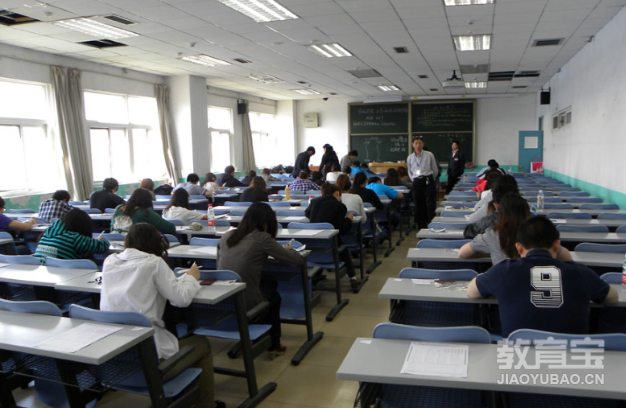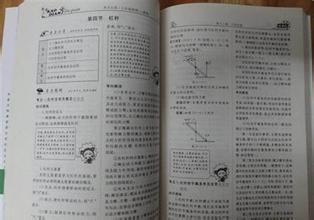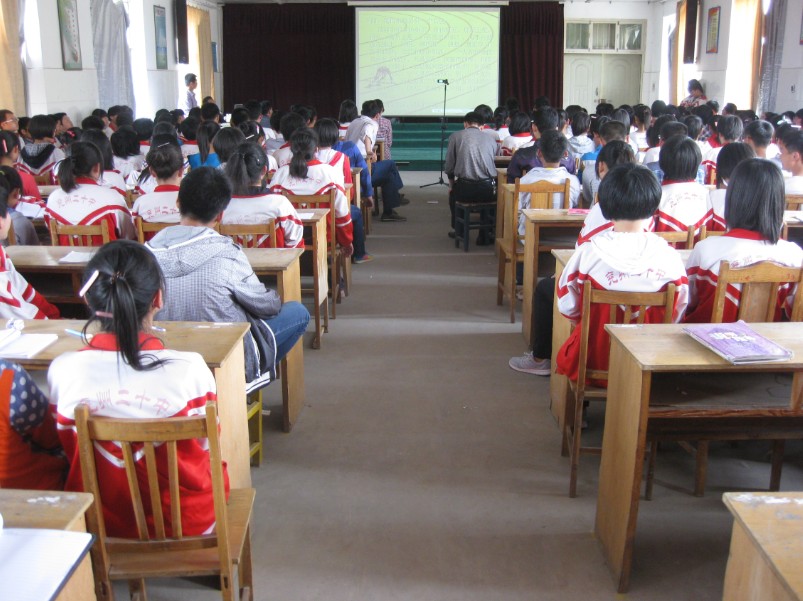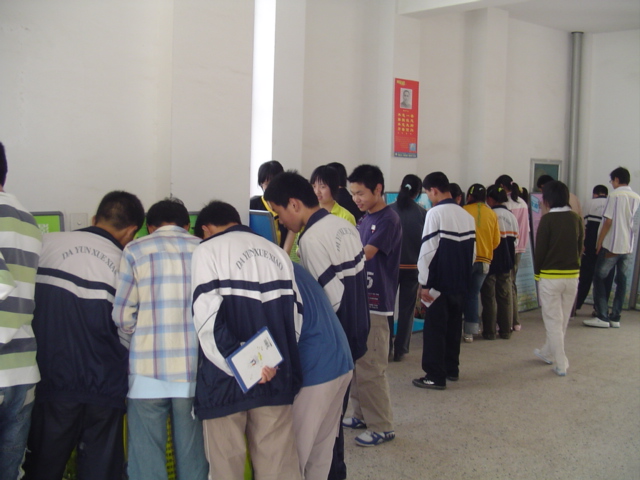 返回
教育头条
返回
教育头条

高考英语阅读理解题型分析
通过详细分析历年高考英语试卷,我们可将阅读理解归纳为以下几种题型: 主旨大意题,细节理解题,推理判断题(含写作意图、目的等),词义猜测题。 英语阅读理解题的技巧与策略是学生提高阅读理解多需要具备的。
一、 主旨大意题这类题在设题时常会用到title, subject, main idea, topic, theme等词。
1.归纳标题题 特点:短小精悍,一般多为一个短语;涵盖性强,一般能覆盖全文意思;精确性强,表达范围要恰当,不能随意改变语意程度或色彩。常见命题形式有: What’s the best title for the text? The best title for this passage is ___. Which of the following can be the best title for the passage?
2. 概括大意题 包括寻找段落大意(topic)和文章中心思想(main idea),常见命题形式有: What is the general/main idea of the passage?Which of the following expresses the main idea?What is the subject discussed in the text? BThe writer of the story wants to tell us that_____. The passage/ text is mainly about_____. What’s the article mainly about ?
二、细节理解题
考查内容主要涉及时间、地点、人物、事件、原因、结果、数字等议论文中例证细节和定义类细节。这类题目的共同特点是:答案一般都能在文章中找到。当然,答案并不一定是文章中的原句,大家需要根据文章提供的信息自己组织语句回答问题。
1.事实细节题→寻读法分为直接理解题和间接理解题,前者常用who, what, which, when, where, why和how提问,或判断正误;后者需与原文信息转换,表达上与原文有差异。常见命题形式有: What can we learn from the passage? All the following are mentioned except Which of the following is mentioned (not mentioned)? Which of the following statements is true/right/false/wrong about…?
2. 排列顺序题→首尾定位法(找出一、个事件和————后一个事件,用排除法缩小范围) 常出现在记叙文和说明文中,一般按事件发生的顺序。常见命题形式有: Which of the following is the correct order of…? Which of the following shows the path of signals described in Paragraph…?
3. 图文匹配题→按图索骥理清线索设题形式:给出图表,根据图表提问问题。
4. 数字计算题→(方法:审题→带着问题找细节→对比、分析、计算)可直接找到相关细节,但需经过计算方可找到答案。

三、推理判断题
主要考查大家对文章中隐含或深层的含意的理解能力。它要求考生根据文章内容做出合乎逻辑的推断,包括考生对作者观点的理解,态度的判断,对修辞、语气、隐含意思等的理解。题干关键词:infer(推断), indicate(象征,暗示), imply/suggest(暗示), conclude(作出结论), assume(假定,设想).
1.细节推理判断题一般可根据短文提供的信息或借助生活常识进行推理判断,常见命题形式有: It can be inferred/ concluded from the text that __________. The author implies/ suggests that_____. We may infer that _________. Which of the following statements is implied but NOT stated?
2.预测推理判断题根据语篇对文章接下来的内容或可能的结局进行猜测,常见命题形式有:What do you think will happen if/when…? At the end of this passage, the writer might continue to write_____
3.推测文章来源或读者对象常见命题形式有: The passage is probably take out of_____ The passage would most likely be found in_____ Where does this text probably come from?
4.写作意图、目的、态度推断题作者的语气态度往往不会直接写在文章里,只能通过细读文章,从作者的选词及其修饰手段中体会出来。询问写作目的的题,选项里常出现的词是:explain(解释), prove (证明), persuade(劝说), advise(劝告), comment(评论), praise(赞扬), criticize(批评), entertain(娱乐), demonstrate(举例说明), argue(辩论), tell(讲述), analyze(分析)等。询问语气态度的题,选项里常出现的词是:neutral(中立的), sympathetic(同情的), satisfied(满意的), friendly(友好的), enthusiastic(热情的), subjective(主观的), objective(客观的), matter-of-fact(实事求是的), pessimistic(悲观的), optimistic(乐观的), critical(批评的), doubtful(怀疑的), hostile(敌对的), indifferent(冷淡的),
四、词义猜测题考点: ①猜测某个词、词组、句子的意义②对文中的多义词或词组进行定义③判断某个代词的指代的对象。常见命题形式有: The underlined word/phrase in the second paragraph means _____. The word “it/they” in the last sentence refers to______. The word “…”(Line 6. para.2)probably means ______. The word “…”(Line 6. para.2)could best be replaced by which of the following? Which of the following is closest in meaning to the word “…” ?
一、 主旨大意题这类题在设题时常会用到title, subject, main idea, topic, theme等词。
1.归纳标题题 特点:短小精悍,一般多为一个短语;涵盖性强,一般能覆盖全文意思;精确性强,表达范围要恰当,不能随意改变语意程度或色彩。常见命题形式有: What’s the best title for the text? The best title for this passage is ___. Which of the following can be the best title for the passage?
2. 概括大意题 包括寻找段落大意(topic)和文章中心思想(main idea),常见命题形式有: What is the general/main idea of the passage?Which of the following expresses the main idea?What is the subject discussed in the text? BThe writer of the story wants to tell us that_____. The passage/ text is mainly about_____. What’s the article mainly about ?
二、细节理解题
考查内容主要涉及时间、地点、人物、事件、原因、结果、数字等议论文中例证细节和定义类细节。这类题目的共同特点是:答案一般都能在文章中找到。当然,答案并不一定是文章中的原句,大家需要根据文章提供的信息自己组织语句回答问题。
1.事实细节题→寻读法分为直接理解题和间接理解题,前者常用who, what, which, when, where, why和how提问,或判断正误;后者需与原文信息转换,表达上与原文有差异。常见命题形式有: What can we learn from the passage? All the following are mentioned except Which of the following is mentioned (not mentioned)? Which of the following statements is true/right/false/wrong about…?
2. 排列顺序题→首尾定位法(找出一、个事件和————后一个事件,用排除法缩小范围) 常出现在记叙文和说明文中,一般按事件发生的顺序。常见命题形式有: Which of the following is the correct order of…? Which of the following shows the path of signals described in Paragraph…?
3. 图文匹配题→按图索骥理清线索设题形式:给出图表,根据图表提问问题。
4. 数字计算题→(方法:审题→带着问题找细节→对比、分析、计算)可直接找到相关细节,但需经过计算方可找到答案。

三、推理判断题
主要考查大家对文章中隐含或深层的含意的理解能力。它要求考生根据文章内容做出合乎逻辑的推断,包括考生对作者观点的理解,态度的判断,对修辞、语气、隐含意思等的理解。题干关键词:infer(推断), indicate(象征,暗示), imply/suggest(暗示), conclude(作出结论), assume(假定,设想).
1.细节推理判断题一般可根据短文提供的信息或借助生活常识进行推理判断,常见命题形式有: It can be inferred/ concluded from the text that __________. The author implies/ suggests that_____. We may infer that _________. Which of the following statements is implied but NOT stated?
2.预测推理判断题根据语篇对文章接下来的内容或可能的结局进行猜测,常见命题形式有:What do you think will happen if/when…? At the end of this passage, the writer might continue to write_____
3.推测文章来源或读者对象常见命题形式有: The passage is probably take out of_____ The passage would most likely be found in_____ Where does this text probably come from?
4.写作意图、目的、态度推断题作者的语气态度往往不会直接写在文章里,只能通过细读文章,从作者的选词及其修饰手段中体会出来。询问写作目的的题,选项里常出现的词是:explain(解释), prove (证明), persuade(劝说), advise(劝告), comment(评论), praise(赞扬), criticize(批评), entertain(娱乐), demonstrate(举例说明), argue(辩论), tell(讲述), analyze(分析)等。询问语气态度的题,选项里常出现的词是:neutral(中立的), sympathetic(同情的), satisfied(满意的), friendly(友好的), enthusiastic(热情的), subjective(主观的), objective(客观的), matter-of-fact(实事求是的), pessimistic(悲观的), optimistic(乐观的), critical(批评的), doubtful(怀疑的), hostile(敌对的), indifferent(冷淡的),
四、词义猜测题考点: ①猜测某个词、词组、句子的意义②对文中的多义词或词组进行定义③判断某个代词的指代的对象。常见命题形式有: The underlined word/phrase in the second paragraph means _____. The word “it/they” in the last sentence refers to______. The word “…”(Line 6. para.2)probably means ______. The word “…”(Line 6. para.2)could best be replaced by which of the following? Which of the following is closest in meaning to the word “…” ?
好了,以上就是高考英语阅读理解题型分析的介绍,如对本文有疑问或者想了解更多高考辅导信息,请与我们联系,我的微信18560125702。教育宝是一家教培行业第三方平台,5年以上工作经验的学习顾问能给你最客观公正的建议,帮你辨别课程好坏,为你提供学习帮助。返回教育宝头条
【免责声明】本文仅代表作者本人观点,与教育宝无关。教育宝对文中陈述、观点判断保持中立,不对所包含内容的准确性、可靠性或完整性提供任何保证。请读者仅作参考,特此声明!





